Our pioneer forefathers had to use every season to its advantage in order to provide food for their families all year round. I had never done winter crops until two years ago when we planted our first bulbs of garlic.
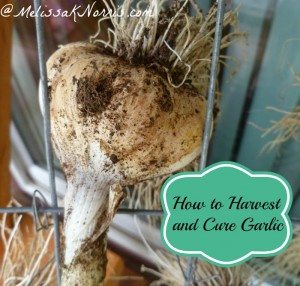
In the Pacific Northwest, garlic needs to be planted in the fall, around mid-October. Garlic likes well drained soil, so we chose to use raised beds, due to our large amounts of rainfall. Untreated cedar makes a great choice for your raised beds.
Our first year, we planted hardneck garlic. Hardneck garlic can be easier to grow, but it doesn't have as long as shelf life and you can't braid it.
When to harvest garlic
In my garden (zone 7b), garlic tends to start popping out of the ground in March. (To see what else is happening in my garden in March, check out Gardening in March (Garden Tasks by Month).
This year, we went with soft necked. Softneck garlic is ready to harvest when it falls over on it's own.
Hardneck garlic is ready to harvest when the tops begin to turn brown. Both are usually in mid-July when planted the end of September or first part of October.
How to harvest garlic
Loosen the bulbs with your hands (you'll get dirty) and pull them out. You can test the strength of the leaves by pulling, but I've pulled them off and prefer to have the garlic on the leaves in order to braid it. If the ground is soft, I use my fingers to reach down around the bottom of the bulb and pull up, loosening the roots. I'm a get my hands in the dirt kind of gardener.
Or you cab use a shovel to break up the soil around them, be careful not to slice your garlic. Brush most of the dirt, especially the big clods, off of the roots and garlic. But don't remove any of the outside layers, it's okay if they're a little bit dirty. If too much dirt is left on it can hold in moisture and start to mold before it's fully cured.
How to cure garlic
Garlic needs to sit somewhere with good ventilation to cure, for at least two weeks. The area should have good ventilation. We use our covered back deck. It shouldn't be cured in direct sunlight, you can sunburn the bulbs and lose some of the flavor.
We've hung ours on a leftover piece of metal fencing, and this works well if you don't have much deck space or are worried about something getting into it. Another option, especially if you're harvesting a lot, is to put the garlic on a large screen. We harvested 80 bulbs this year and used the screen on top of two saw horses.
Be warned, the first few days it's curing, anytime you venture near the garlic, it will smell like Italian heaven. You're mouth will start to water.
After it's cured, store it in a cool dry place. We don't have a garage, so we've used both our pump house and the pantry in the house.
But with the softneck garlic, I can braid it and hang it in the kitchen for easy access. We use garlic in just about everything we cook and in the wet, sometimes snowy, winter months, I won't have to hoof it out to the pump house.
Do you do winter crops? What's your favorite way to use garlic? We love adding flavor to dishes like grilled meat without much effort by simply swapping cooking oil with this homemade garlic infused olive oil.
This post is featured at The Homestead Barn Hop.
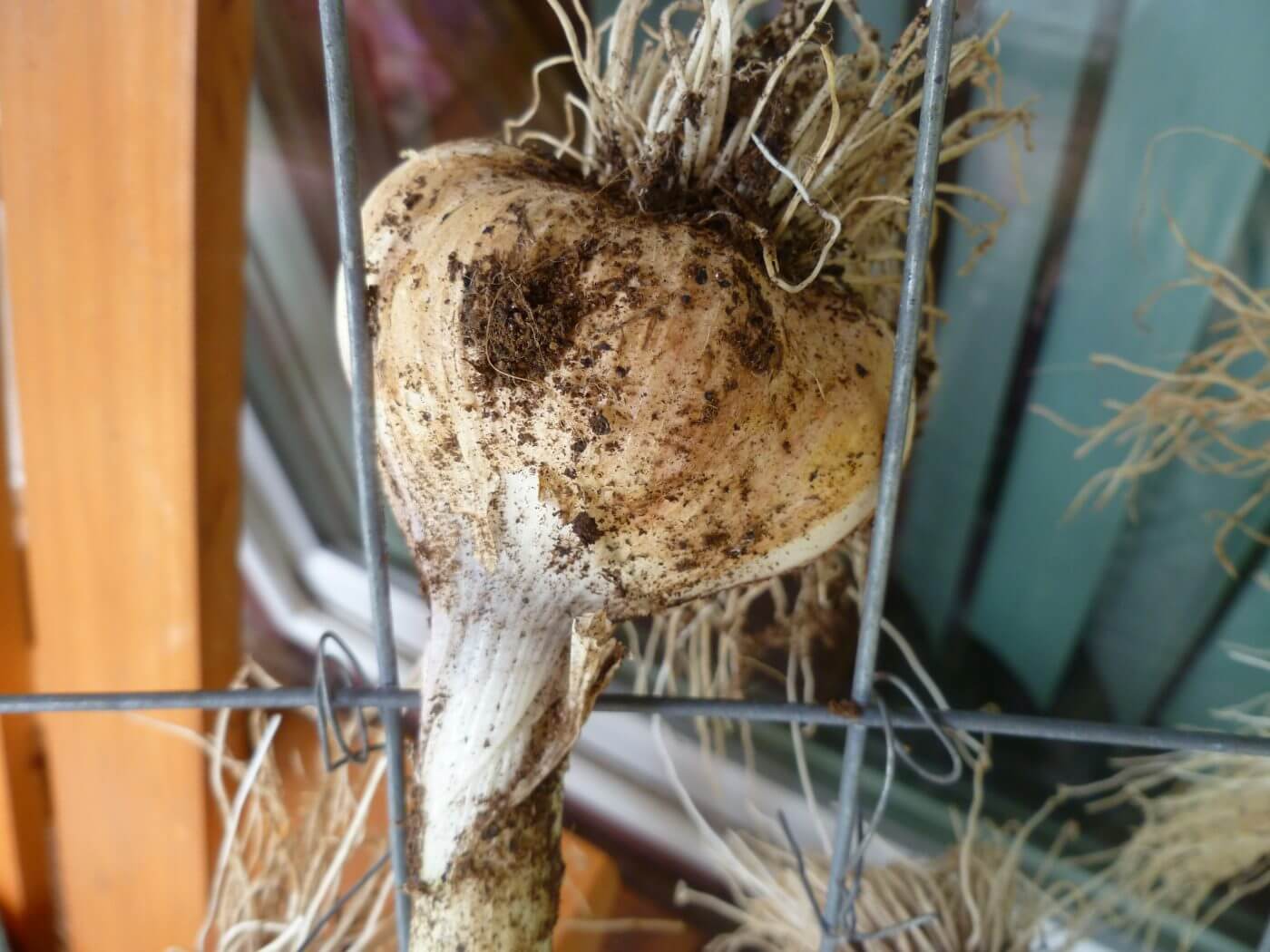
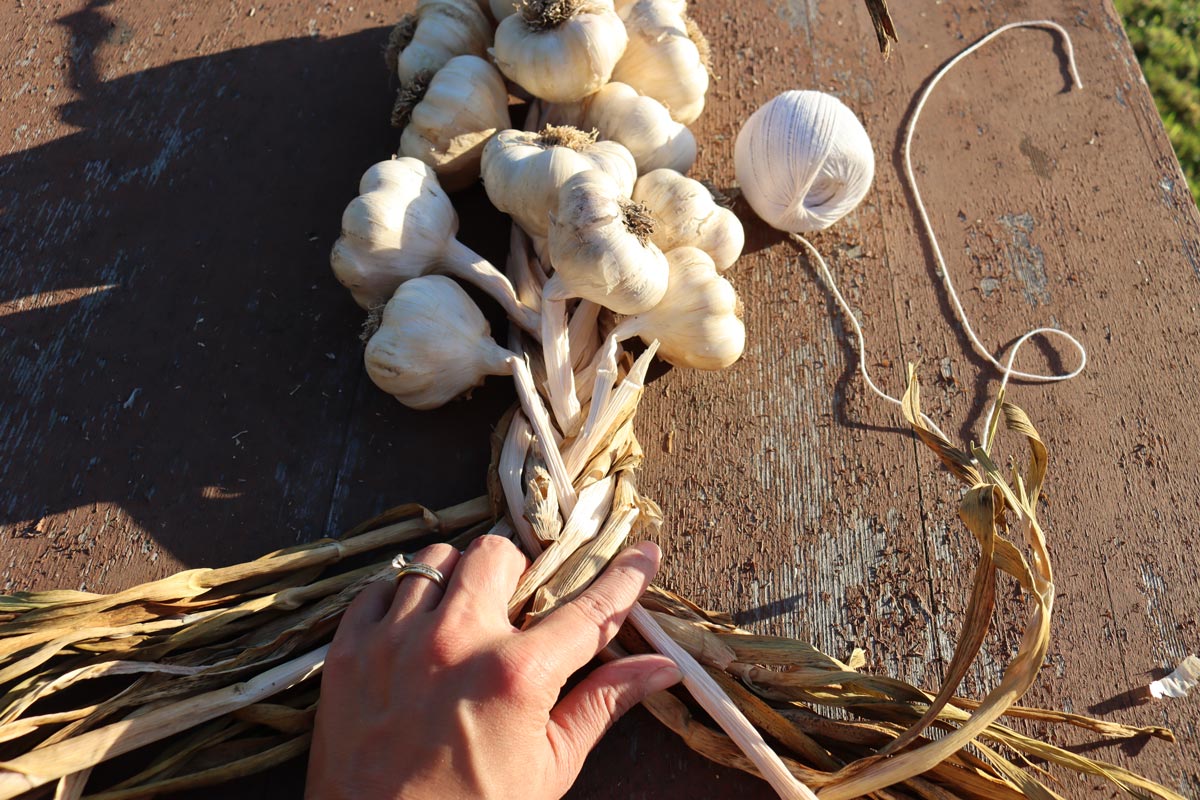
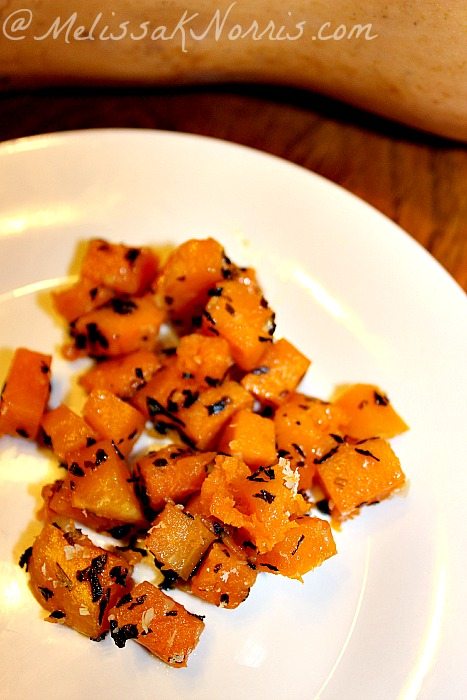
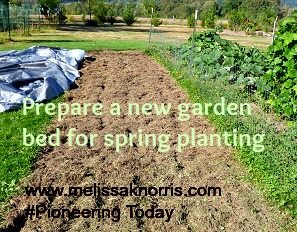
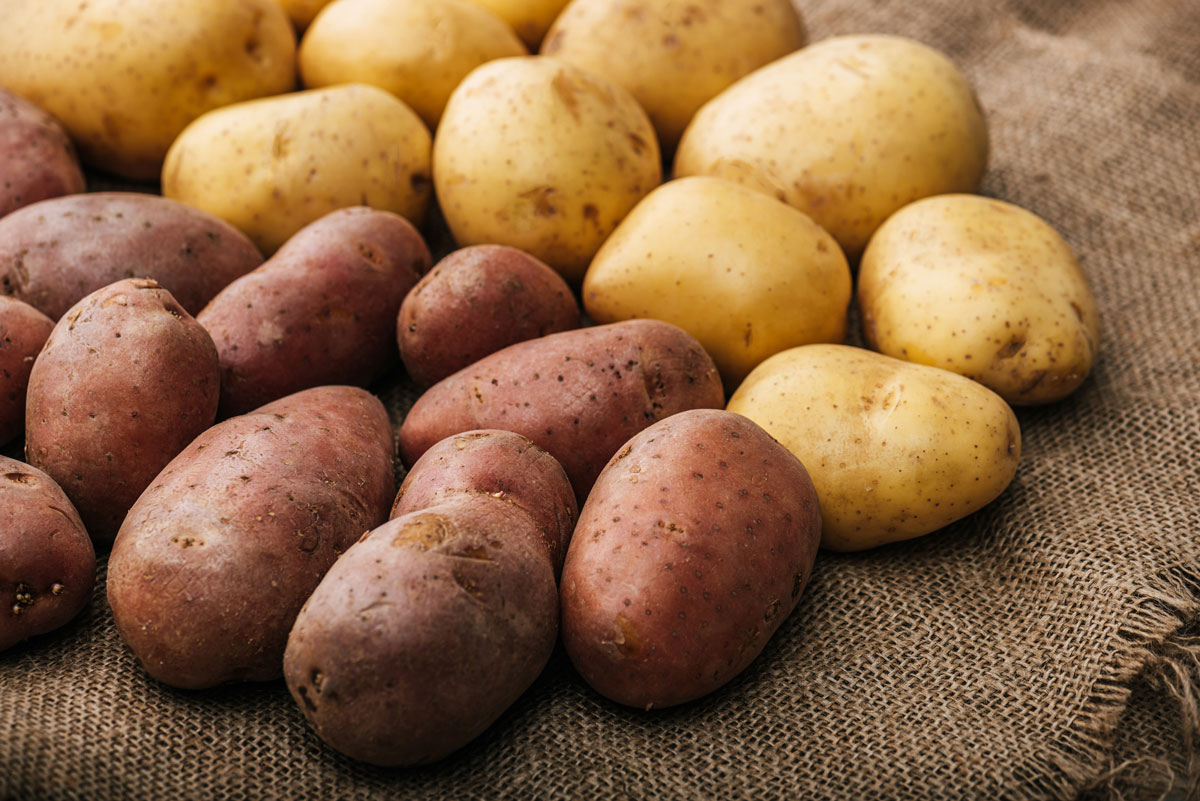
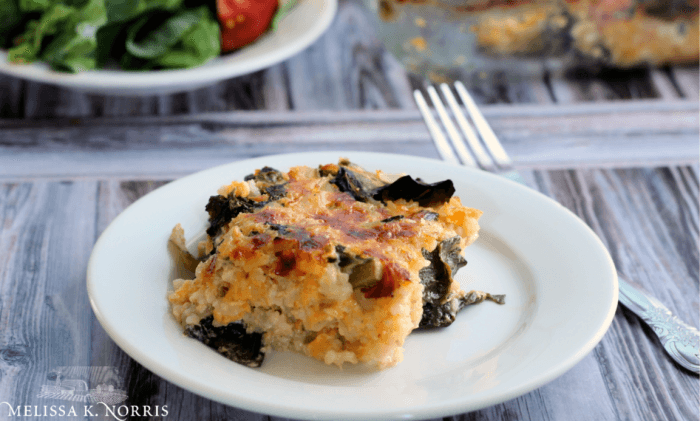
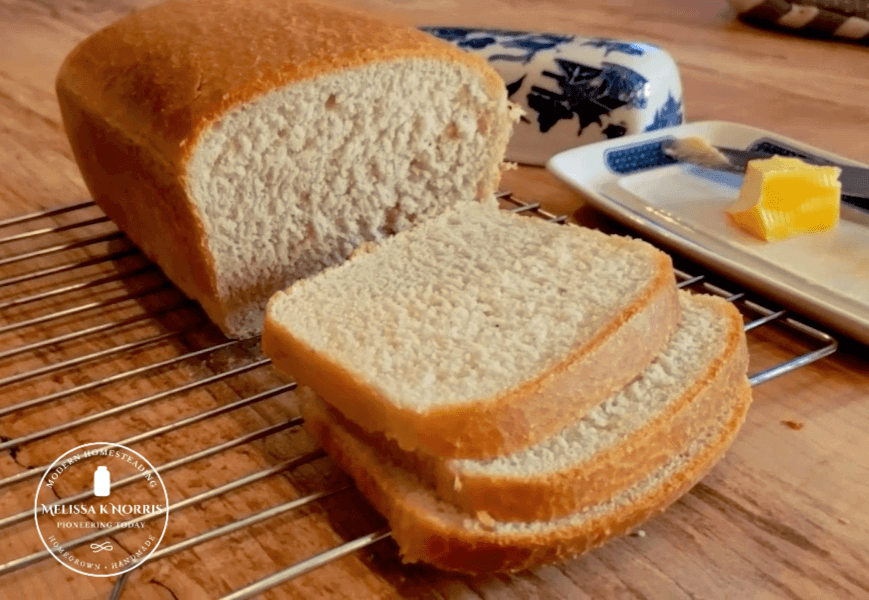
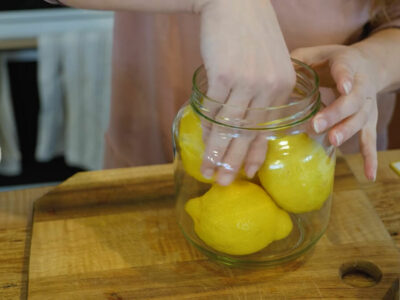
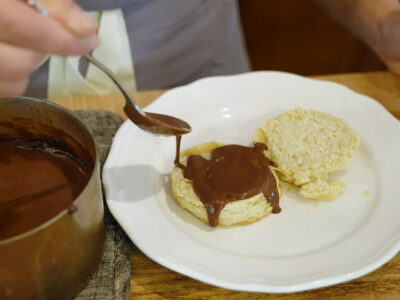
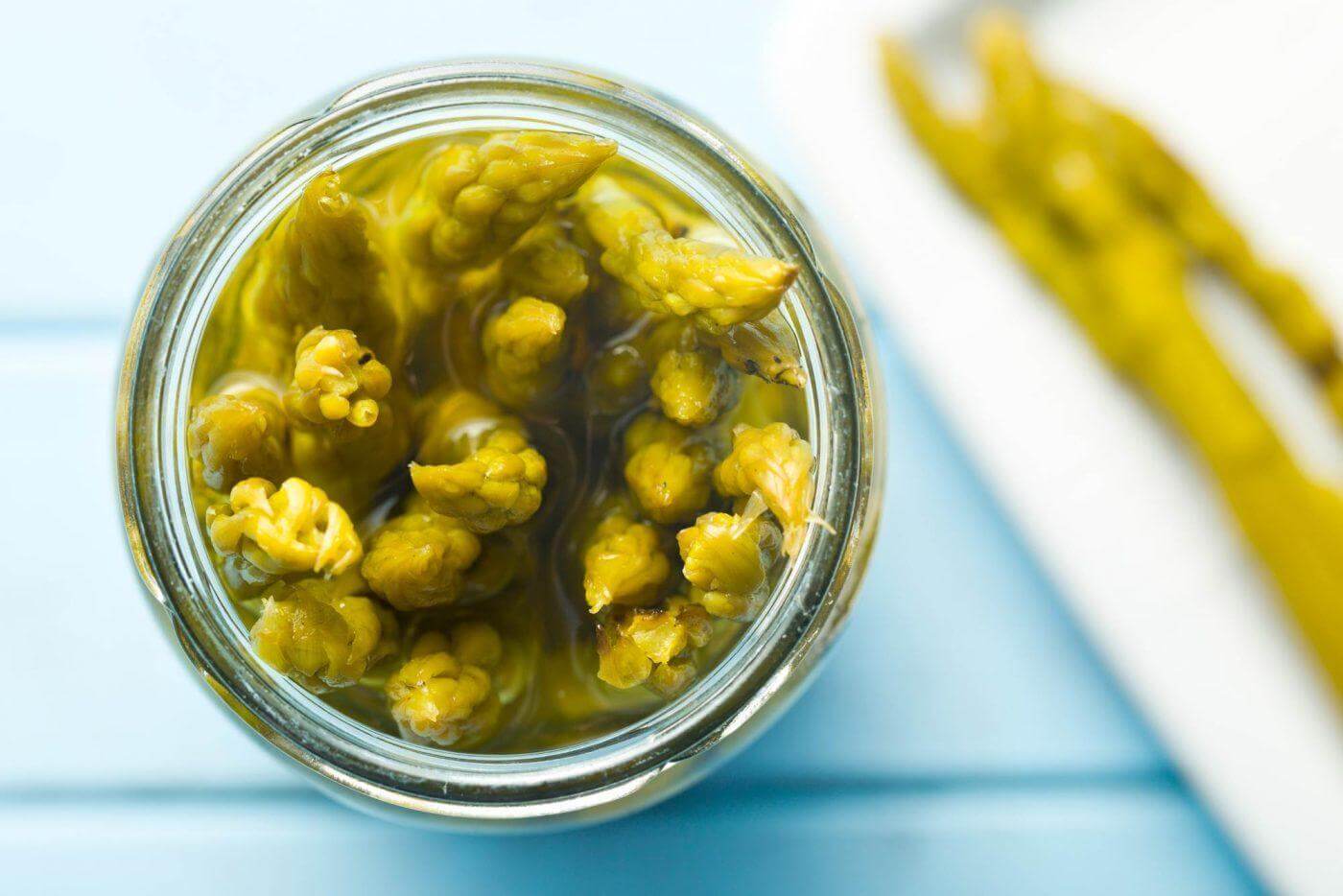
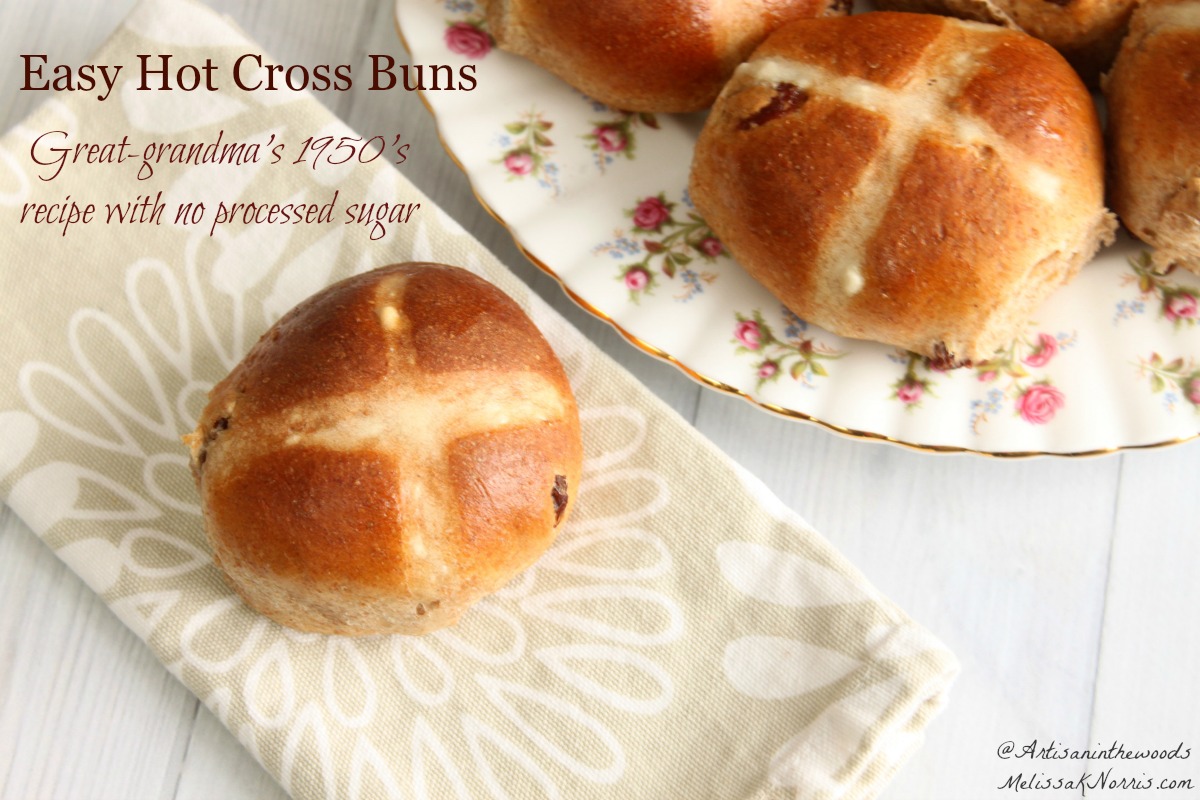
Fantastic post and so very helpful! You are awesome!
First time planting garlic. I am not sure if they are hard or soft as I used bulbs that were purchased from a store. I live in the Northeast and planted in the spring. I have heard that hard neck were better to grow but your article seems to lean toward soft neck. Not sure how to proceed with the ones I planted. They are still growing. I am guessing they are hard heck but not sure.
Rachel,
It just depends on the hard neck vs. soft on your personal preference. I prefer to have it in a braid and for year long use, so the soft neck is what we do the majority of ours. But, we do a small amount of hard neck to use first. You’ll know come harvest time which is which. Either way, it’ll be delicious! Be sure and put a mulch down once the freezing temps hit if you’re over wintering it to help protect the bulbs.
[…] Source […]
I got about 10 pounds of garlic curing right now. I use raised beds also and cover it after the first frost with mulch and chicken wire otherwise the wind blows away the leaves and straw I use as mulch, it also prevents wild cats from using the area as a toilet and prevents squirrels from digging up the garlic.
The garlic plants grow during the warm spells in winter and will grow right through the openings in the chicken wire. By the end of March, to mid April I remove the chicken wire. By then the garlic is about 3-5 inches high and well on its way. It will prevent the mulch from being blown away and the squirrels are finding lots of better food. And the cat? Well, it does not like the hard spikes of the garlic poking its butt lol.
John, thanks for the tips using the wire. I mulch mine with straw, but we’re so wet, it doesn’t seem to blow away. I planned on adding leaves this year. Awesome on 10 lbs
[…] the hardneck variety, not realizing you couldn’t braid it. Live and learn. This year, we planted softnecked garlic. You can braid it to hang in your kitchen and it has a longer shelf life. Trim the […]
Thanks for sharing! I am currently stuck in an apartment dreaming of the day this will be a reality, but for now just trying to absorb as much info as I can! 🙂
Hi, Karen. I hope you get your garden space soon. Do you have a balcony? You could plant at least four heads of garlic in a good sized pot and window herbs are both lovely and tasty.